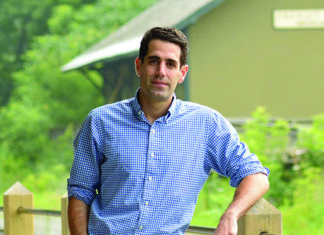JERUSALEM (AP) — One of the four quarters of old Jerusalem belongs to the Armenians, keepers of an ancient monastery and library, heirs to a tragic history and to a stubborn 1,600-year presence that some fear is now in doubt.
Buffeted by Mideast forces more powerful than themselves and drawn by better lives elsewhere, this historic Jerusalem community has seen its numbers quietly drop below 1,000 people. The Armenians, led by an ailing 94-year-old patriarch, find themselves caught between Jews and Muslims in a Middle East emptying of Christians, and between a deep sense of belonging in Jerusalem and a realization that their future might lie elsewhere.
“Very few will remain here if it goes on like this,” said Kevork Kahvedjian, a Jerusalem storeowner.
Kahvedjian sells vintage black-and-white photos of the Holy Land from a store founded in 1949 by his father, who arrived in Jerusalem as a child after the Genocide of Armenians under Ottoman rule during World War I claimed his own parents. Today, Kahvedjian said, he has siblings in Canada and the US, a son in Washington, DC and a daughter who plans to move away soon.
The insular world of the Jerusalem Armenians is reached through a modest iron door set in a stone wall.
The door, locked every night at 10:30 p.m., leads into a monastery compound that is home to a contingent of cloaked clergymen and also to several hundred Armenian laypeople: grandparents, parents and children, living in a warrens of small apartments alongside their priests in a self-contained outpost that has existed here, in some form, at least as far back as the fifth century AD.









